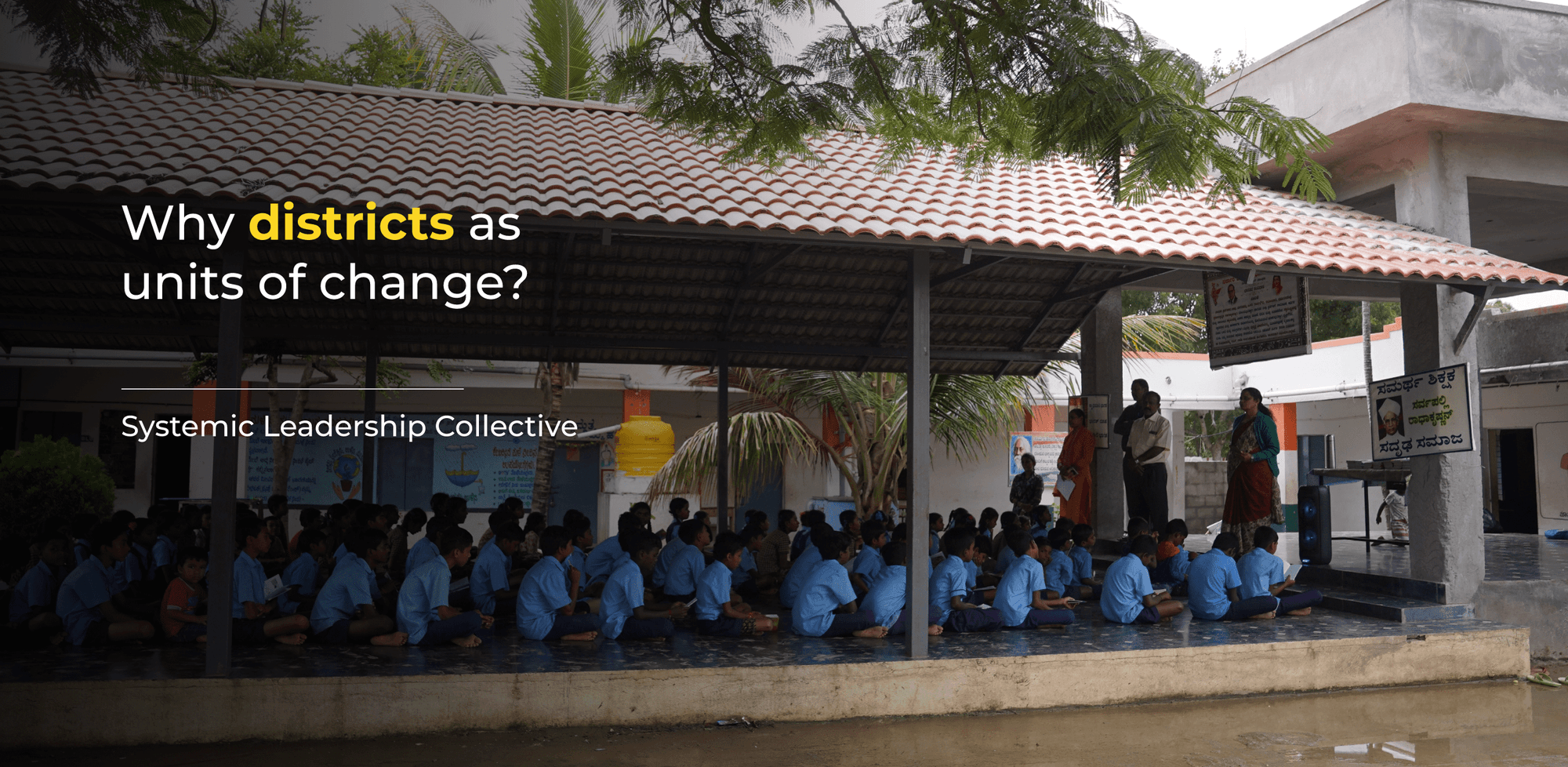In today’s rapidly evolving world, education is no longer limited to classrooms and textbooks. It has become a driving force for social change, innovation, and collective growth. To achieve meaningful progress in this sector, two forces stand out as essential: education leadership and collective action in education. Together, they create an ecosystem where students, teachers, policymakers, and communities unite to build a future-ready society.
Understanding Education Leadership
At its core, education leadership refers to the ability of individuals or institutions to inspire, guide, and influence positive change in the field of education. It goes beyond administrative duties; it is about vision, strategy, and the commitment to uplift learning outcomes for all.
Education leaders can be school principals, teachers, policy advocates, or even community organizations. Their role is to ensure quality, equity, and innovation in learning environments. They do this by:
- Building a Vision – Leaders create long-term strategies that align with the evolving needs of learners. For example, adopting digital learning models to bridge the urban-rural education gap.
- Empowering Teachers – Good leadership recognizes teachers as change agents. Providing training, resources, and emotional support ensures they can deliver impactful education.
- Encouraging Inclusivity – True leadership focuses on equal opportunities for marginalized communities, ensuring no child is left behind.
- Driving Policy and Advocacy – Education leaders influence government policies, funding, and systemic reforms to strengthen the education ecosystem.
The Role of Collective Action in Education
While leadership creates direction, transformation cannot happen in isolation. This is where collective action in education plays a vital role. Collective action is the process of multiple stakeholders working together to solve challenges that no single group can address alone.
Education involves governments, schools, families, civil society, and even the private sector. When these stakeholders collaborate, they amplify their impact. Collective action in education includes initiatives such as:
- Public-Private Partnerships that build infrastructure and provide resources.
- Community Engagement Programs, where parents and local leaders support school governance.
- Collaborative Teacher Networks, where educators share best practices and innovations.
- Student-Led Movements advocating for climate education, mental health, or skill-based learning.
This approach ensures that challenges like access, equity, and quality are addressed through shared responsibility rather than isolated efforts.
Why Education Leadership and Collective Action Must Work Together
Individually, leadership and collective action are powerful. But when combined, they become unstoppable forces for change. Here’s how they complement each other:
- Shared Vision and Execution – Education leaders may design visionary frameworks, but collective action ensures these visions are implemented effectively on the ground.
- Sustainability of Initiatives – Programs led solely by individuals often fade away. Collective ownership ensures continuity and accountability.
- Scaling Innovations – A local educational innovation can scale nationally or globally when leaders and communities work hand in hand.
- Crisis Response – The COVID-19 pandemic showed how collaboration between educators, governments, and NGOs, guided by strong leadership, could keep learning alive through digital tools and community-based learning.
Case Studies of Impact
- Pratham’s Learning Initiatives in India
Pratham, one of the largest NGOs in education, showcases how leadership and collective action merge. Through the Annual Status of Education Report (ASER), it mobilized citizens and policymakers to address gaps in foundational learning. - Kerala’s Public Education Reforms
In Kerala, visionary leadership in the education department collaborated with local communities to digitize classrooms, improve infrastructure, and uplift government schools. This blend of leadership and collective action turned public schools into centers of excellence. - Global Examples
Globally, movements like UNESCO’s Education for Sustainable Development thrive because they bring together governments, schools, and communities under shared leadership for a sustainable future.
Challenges to Overcome
While the synergy between education leadership and collective action is promising, challenges remain:
- Fragmentation of Efforts – Different organizations often work in silos, duplicating efforts instead of collaborating.
- Lack of Resources – Many rural and underprivileged regions lack financial and technological support to participate effectively in collective initiatives.
- Policy Gaps – Weak policies or inconsistent implementation hinder collaborative efforts.
- Resistance to Change – Traditional mindsets sometimes resist innovative educational models.
The Way Forward
To strengthen the partnership between leadership and collective action in education, the following steps are crucial:
- Building Collaborative Platforms – Spaces where educators, policymakers, and communities can share ideas and coordinate initiatives.
- Encouraging Participatory Governance – Schools and education systems should include voices of parents, students, and teachers in decision-making.
- Fostering Innovation – Leadership should encourage experimentation, whether it is in pedagogy, technology, or student engagement.
- Investing in Capacity Building – Training programs for both leaders and grassroots stakeholders will ensure effective participation.
- Measuring Impact – Monitoring systems should evaluate how collective efforts improve learning outcomes, not just infrastructure.
Conclusion
Education is not the responsibility of a single leader or institution. It is a collective mission where leadership provides direction, and community collaboration ensures execution. By embracing education leadership and strengthening collective action in education, societies can build learning systems that are inclusive, future-ready, and resilient to challenges.
As Shikshagraha continues to amplify voices and initiatives in education, it is clear that our progress depends on shared responsibility. Only when leadership and collective action go hand in hand can we truly empower learners, teachers, and communities to thrive.

